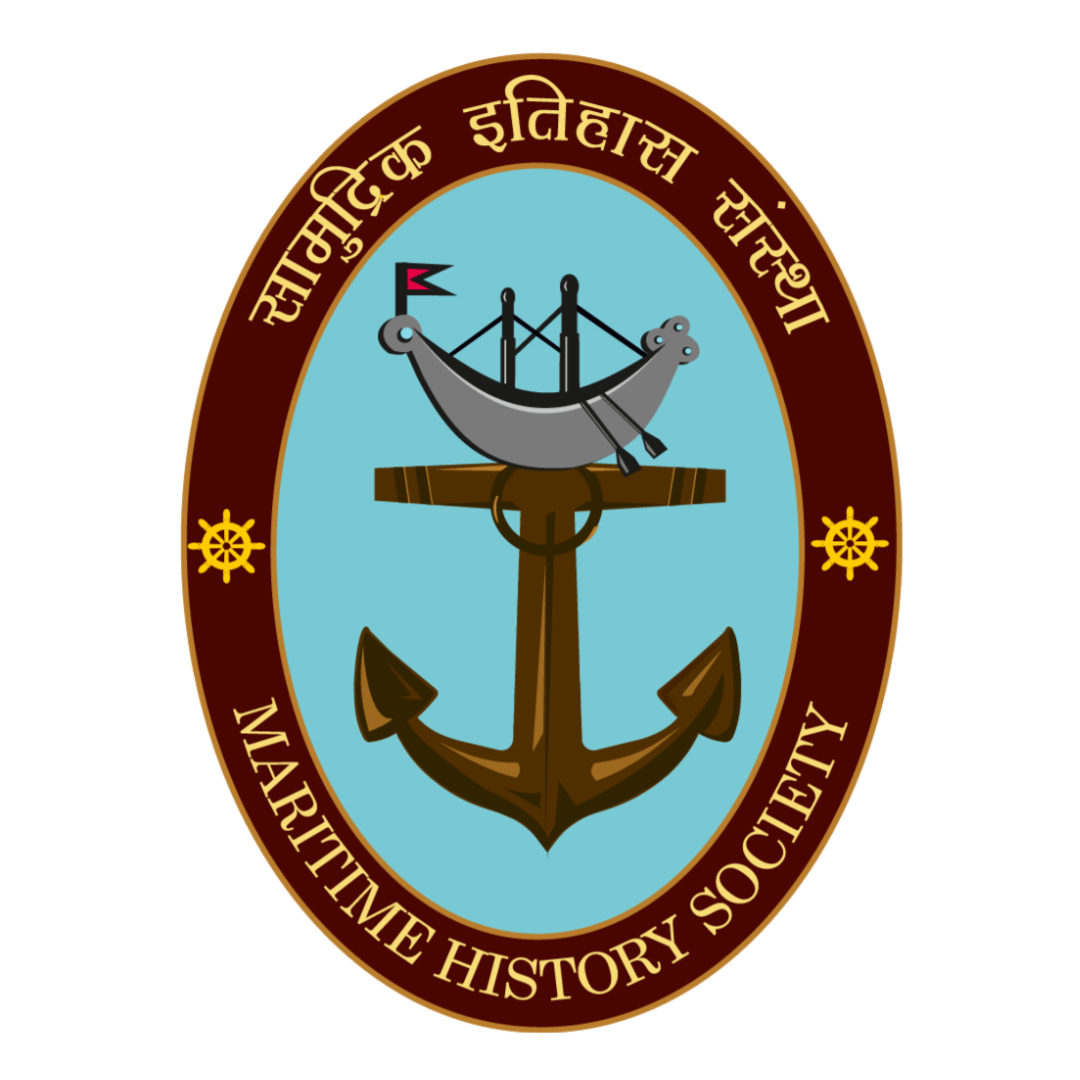The 1971 Indo Pak war was a defining battle fought by the tri forces of the Indian state. The battle resulted into a twofold achievement for India. Firstly, it paved the foundations of a new country which until 1971 was a de facto colony of West Pakistan thus, unshackling its people from political servitude and securing political autonomy of the indigenous inhabitant on their own land. The second achievement of the Indian State was a moral victory of the Indian ethos over the ideological medievalism of Pakistan. The Bangladeshis, then East Pakistanis not only suffered political subjugation at the hands of their western cousins but were also subjected to a systematic programme of ethnic cleansing prompted by Ideas of racial superiority that inflicted post partition Pakistani society. Although the battle was fought and won on Terra Firma its destiny was sealed in the waters of the Arabian Sea and the Bay of Bengal. In this blog we shall analyse the role of the Indian navy in securing paramountcy for the Indian forces in the Indo Pak war of 1971.
The war bugle was sounded the day the Pakistani air forces undertook an unprovoked bombing of Indian airfields at Amritsar, Pathankot, Srinagar, Avantipur, Uttarlai, Jodhpur, Agra and Amabala. This was an act of war instigated by the adversary. The Navy rubbing shoulder to shoulder with its land and air brethren picked up cudgels against the Pakistani establishment to avenge this act of aggression. The then Chief of Naval Staff Admiral SM Nanda following orders signalled his forces to prepare for battle and raid the Karachi in the thick of night. This raid was intended to paralyse the Pakistani war machinery and aid the other Indian forces in their operations on land. This naval raid was called Operation Trident, which would go on to be a badge of honour for the Indian Navy.
The Operations were carried out on the 4th – 5th of December in the thick of night. This naval raid was by all standard an unorthodox operation. Instead of using large war ships it was decided to use small light weight Osa Class missile boats loaded with P15 anti-ship missiles which was reutilised to bomb. INS Nirghat, INS Nirbhik, INS Veer etc were selected to carry on this operation. The boats were positioned to strike the Karachi harbour which they did with full gusto. The INS Nirghat was first to notice a Pakistani naval Ship PNS Khaibar, which was a comparatively large size British Battle Class Destroyer. Two missiles were shot by the Nirghat on the unsuspecting ship, causing it to sink to the bottom of the Arabian sea. In the same vein the INS veer captured the PNS Muhafiz on its radar. The ship met the same fate as the Khaibar, albeit a much violent one.
Even with two ships of the enemy down the Indian Navy was not done with its punches. This time the team decided to target war installations on the Karachi port. Never in the history of warfare has a weapon designed for anti-ship operation used to destroy land-based installations, the INS Nipat which was loaded with P15 anti-ship missile shot at the large Kiamari oil terminal offshore Karachi port. The oil terminal burnt incessantly for many days causing a shortage of oil supply. With the operation successful the navy celebrated the momentous occasion jubilantly.
On the easter front where the decisive battle was to be fought INS Vikrant, INS Brahmaputra, INS Beas and company were mobilized toward Bangladesh from their position at the Andaman Islands. Air strike were strategically carried out from air bases aboard the Indian air craft carriers. With the Pakistani war machinery momentarily paralysed on both the front due to the dexterous naval raids. The Indian forces on the land managed to gain an upper hand on the situation and achieve paramountcy over the Pakistani army.



0 Comments